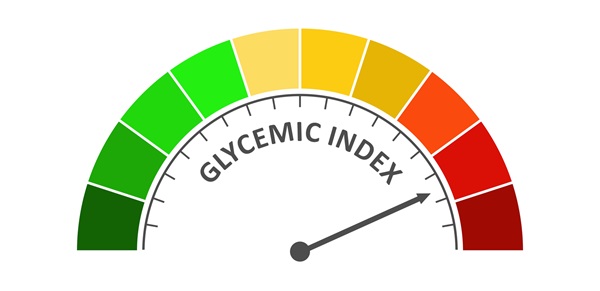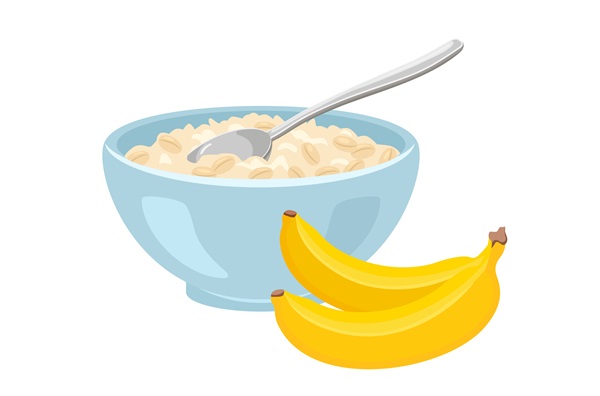How do grains affect blood sugar levels?

When it comes to managing blood sugar levels, there’s a lot of confusion about grains. Some people assume all grains are “bad carbs” that cause spikes in blood sugar. But that’s simply not true.
Grains—including barley, corn, oats, soybeans, and wheat—can play an important role in a balanced diet, even for people managing Type 2 diabetes or those looking to better understand how food affects their energy and health. It all comes down to the type of grain and how it’s prepared and eaten.
Let’s break down the facts about grains and blood sugar.
Grains and the glycemic index

First, it helps to understand the glycemic index (GI). This scale ranks how quickly a food raises blood sugar after eating. Low-GI foods are digested slowly, leading to a gradual rise in blood sugar. High-GI foods digest more quickly and can cause a faster spike.
Many whole grains are considered low to medium on the GI scale—especially when eaten in their least processed forms. According to Diabetes Canada choosing whole grains with more fibre, protein, and healthy fats can help regulate blood sugar levels.
Even the way the grains are cooked can impact your blood sugars! Cooking pasta al dente can lower your GI as the pasta is more firm, and takes more time to digest. Diabetes Canada has a handy food guide to help break down food’s glycemic index. Use this as a starting point to understand your meal planning when it comes to managing blood sugars, but always consult a doctor or registered dietitian to tackle your bodies specific needs.
The role of fibre
Fibre is one of the key reasons why grains can be so beneficial. There are two types of fibre—soluble and insoluble—and both have positive effects on blood sugar.
- Soluble fibre helps slow down digestion and the absorption of sugar, leading to more stable blood sugar levels after eating.
- Insoluble fibre supports healthy digestion and keeps things moving through the digestive tract.
Whole grains like barley and oats are high in soluble fibre, while grains like wheat and corn contain more insoluble fibre. Incorporating a mix of both types of fibre can help maintain steady energy throughout the day.

Contrary to popular myths, grains are not the enemy when it comes to managing blood sugar. In fact, they can be part of a healthy, balanced diet, especially when you:
- Choose whole grain options
- Pair grains with lean proteins, healthy fats, and vegetables
- Watch portion sizes to avoid eating too many carbohydrates at once
As explained in our post Debunking Grain Myths, many people wrongly assume cutting out grains entirely is healthier. But whole grains are a rich source of energy, fibre, and key nutrients that support long-term health.
Whether you’re managing diabetes, prediabetes, or simply aiming for a more balanced diet, grains like barley, corn, oats, soybeans, and wheat can help—not hurt—your blood sugar. The key is to choose whole grains more often and pair them with other nutrient-dense foods.



